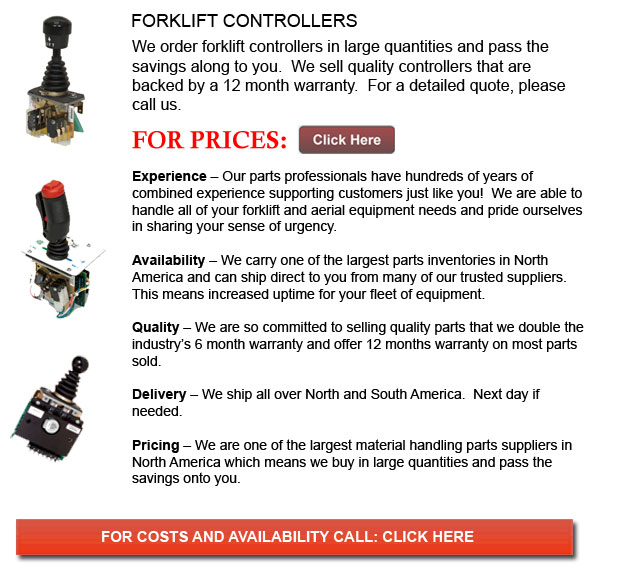
Forklift Controller - Lift trucks are obtainable in a variety of other units that have various load capacities. Nearly all standard forklifts utilized inside warehouse settings have load capacities of one to five tons. Larger scale models are used for heavier loads, like for example loading shipping containers, could have up to fifty tons lift capacity.
The operator can use a control in order to raise and lower the blades, which can likewise be referred to as "blades or tines". The operator of the forklift can tilt the mast to be able to compensate for a heavy loads propensity to angle the forks downward. Tilt provides an ability to function on bumpy surface as well. There are annual contests meant for experienced forklift operators to compete in timed challenges and obstacle courses at regional lift truck rodeo events.
Forklifts are safety rated for loads at a particular limit weight as well as a specified forward center of gravity. This vital info is supplied by the manufacturer and located on a nameplate. It is essential loads do not go beyond these details. It is against the law in lots of jurisdictions to tamper with or remove the nameplate without getting permission from the lift truck manufacturer.
Nearly all lift trucks have rear-wheel steering so as to enhance maneuverability. This is specifically helpful within confined areas and tight cornering spaces. This type of steering differs quite a little from a driver's first experience with other vehicles. As there is no caster action while steering, it is no necessary to utilize steering force in order to maintain a constant rate of turn.
One more unique characteristic common with lift truck utilization is instability. A constant change in center of gravity occurs between the load and the forklift and they need to be considered a unit during utilization. A forklift with a raised load has centrifugal and gravitational forces which can converge to result in a disastrous tipping mishap. In order to avoid this possibility, a lift truck should never negotiate a turn at speed with its load raised.
Lift trucks are carefully built with a load limit utilized for the tines. This limit is lessened with undercutting of the load, that means the load does not butt against the fork "L," and also decreases with tine elevation. Usually, a loading plate to consult for loading reference is located on the forklift. It is dangerous to utilize a lift truck as a personnel hoist without first fitting it with certain safety equipment like for example a "cage" or "cherry picker."
Forklift utilize in distribution centers and warehouses
Essential for whichever distribution center or warehouse, the lift truck must have a safe surroundings in which to accommodate their safe and efficient movement. With Drive-In/Drive-Thru Racking, a lift truck has to travel inside a storage bay which is multiple pallet positions deep to put down or get a pallet. Operators are often guided into the bay through rails on the floor and the pallet is located on cantilevered arms or rails. These tight manoeuvres require expert operators to do the job safely and efficiently. In view of the fact that each and every pallet requires the truck to enter the storage structure, damage done here is more common than with various kinds of storage. When designing a drive-in system, considering the measurements of the fork truck, together with overall width and mast width, need to be well thought out to be sure all aspects of a safe and effective storage facility.
![]() Click to Download the pdf
Click to Download the pdf
Forklift Parts
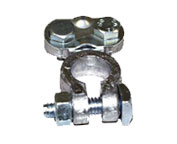
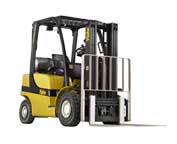
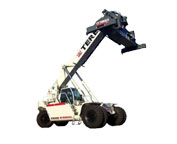
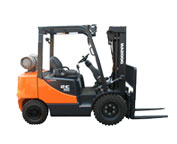
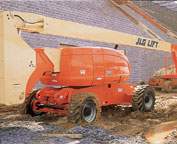
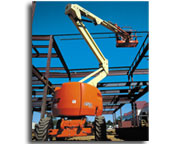
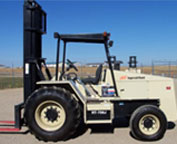
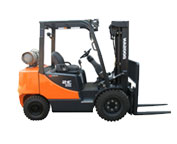
Lift Parts Express
TOLL FREE: 1-888-695-7994
Casper, Wyoming
forkliftpartscasper.com
Email Us
About Us


